[ad_1]

This new pure electric nissan leaf of the second generation takes place seven years after the original. It offers more electricity, more technology, a new look and a slightly lower price. The most important thing is that it now has a larger range of a larger 40 -kW battery. Let’s see how it works in the real world …
What is that?
The original sheet was a somewhat strange -looking car. A boring frontal appearance and a strange rear meant that it was not a look. However, 47% of EV sales in Great Britain accounted for a decent usable size and appropriate costs. A 24 kWh battery gave it a stressed range of more than 120 miles, but in everyday use it was almost 80-90 miles. Things improved in 2015 by adapting a 30 kWh battery.
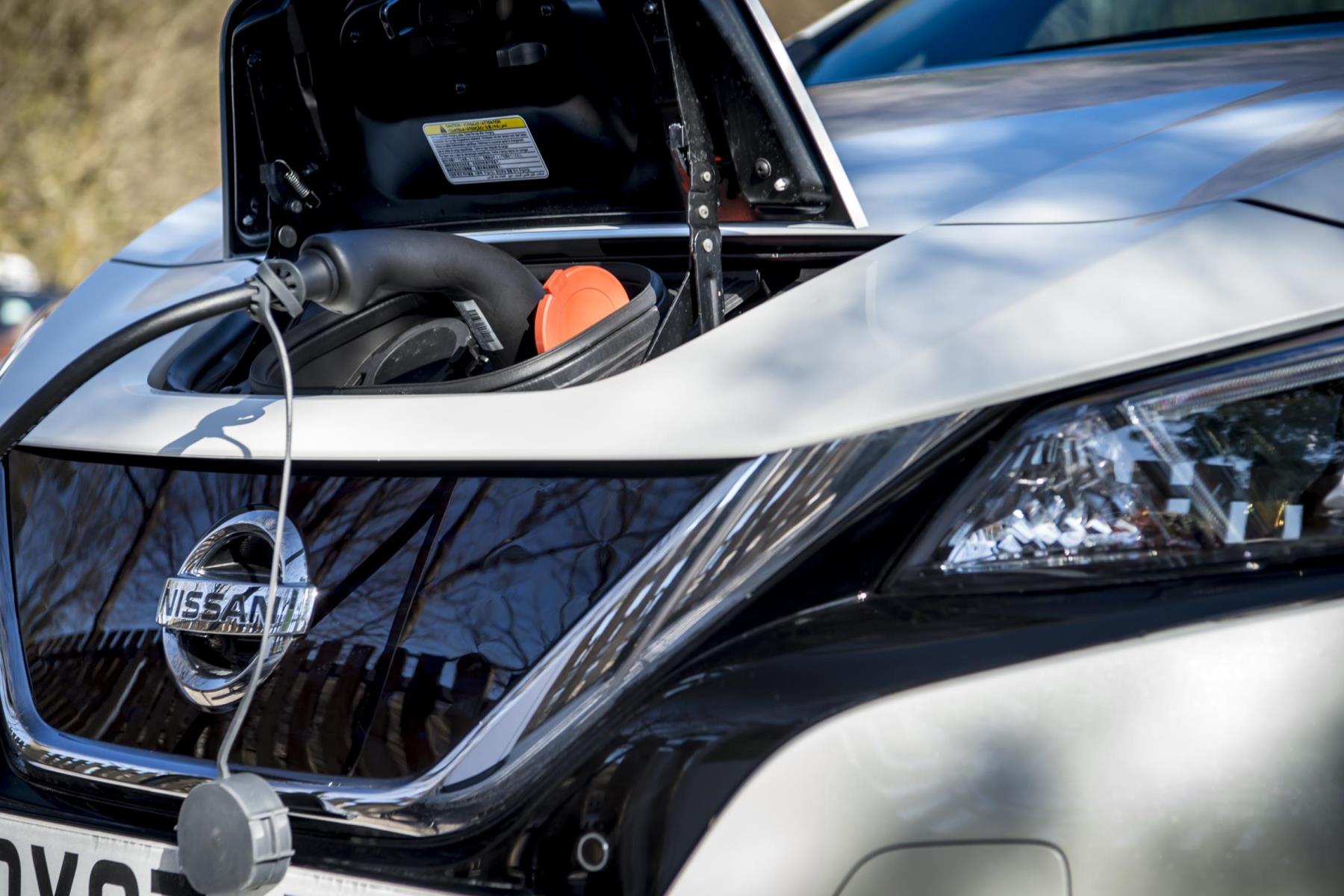
The new model has been completely redesigned and I have to say, looks much better. It is the appearance of an intelligent conventional assembly line that, although it gives a certain degree of anonymity, appeals to the majority of buyers more.
The individual electric motor generates 148 hp, which increases from 107 hp. The associated increase in the torque is immediately stopped. The battery is now 40 kWh, which makes it comparable to the VW E-Golf (36 kWh) and the latest Zoe from Renault (41 kWh). The alleged area of a full battery charge is 235 miles with the old NEDC test and 168 miles on the new WLTP test, which comes much closer to a real figure. The complete charging time lasts eight hours with a 7 kWh home charging device and only 40 minutes with a 50 kWh fast charger.
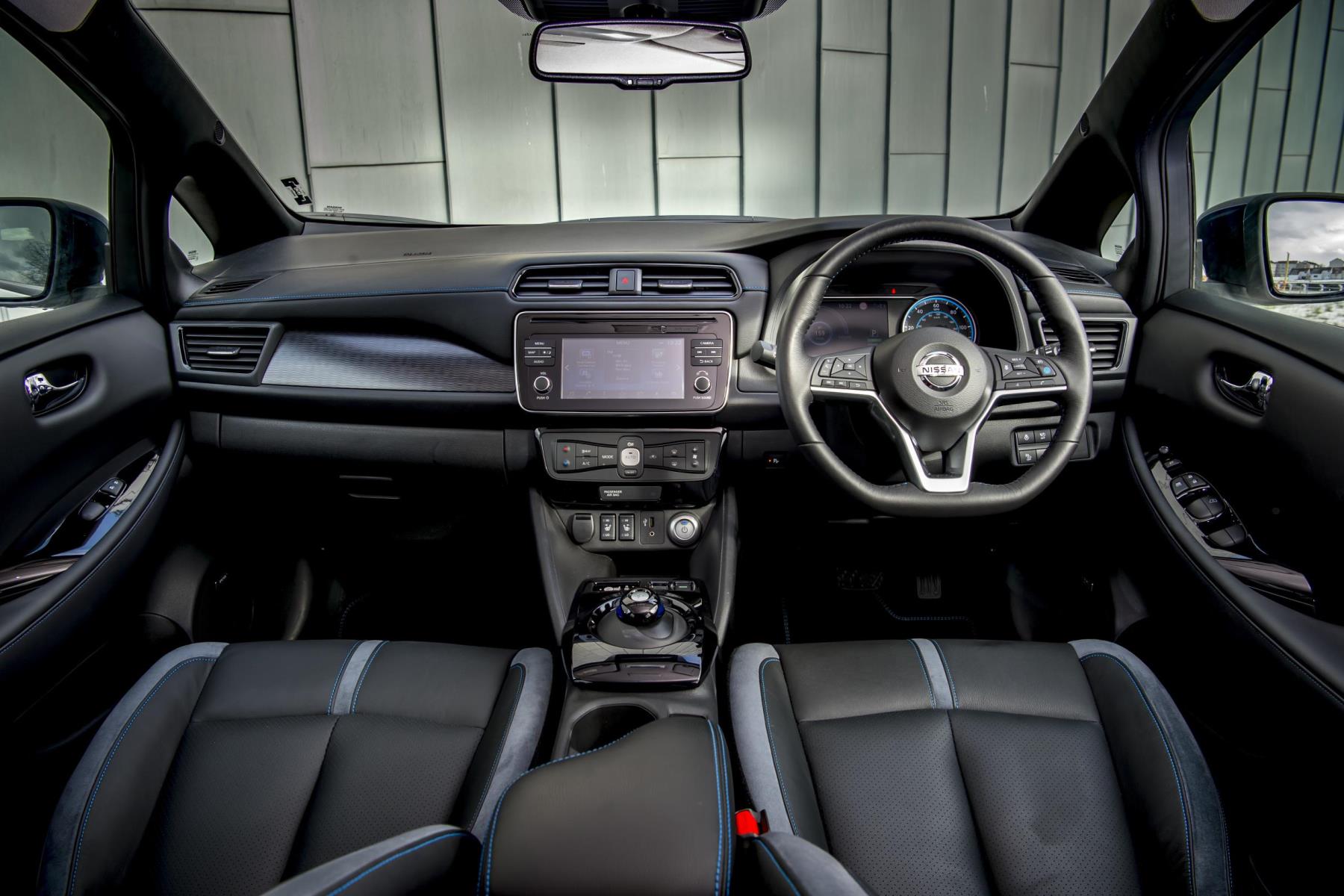
There are four main levels of equipment; Visia, Acenta, N Connecta and Tekna. The standard functions for all models include light metal wheels, air conditioning systems and a 7.0-inch multifunction touchscreen with Apple CarPlay and Android Auto.
Acenta adds electrical folding mirrors, cruise control and fog lights. N Connecta, which is probably the best value model, has partial seats, parking sensors and a heated leather steering wheel. The top of the Tekna offers complete LED lights, seats with full leather, a bose premium audio system and propilot.
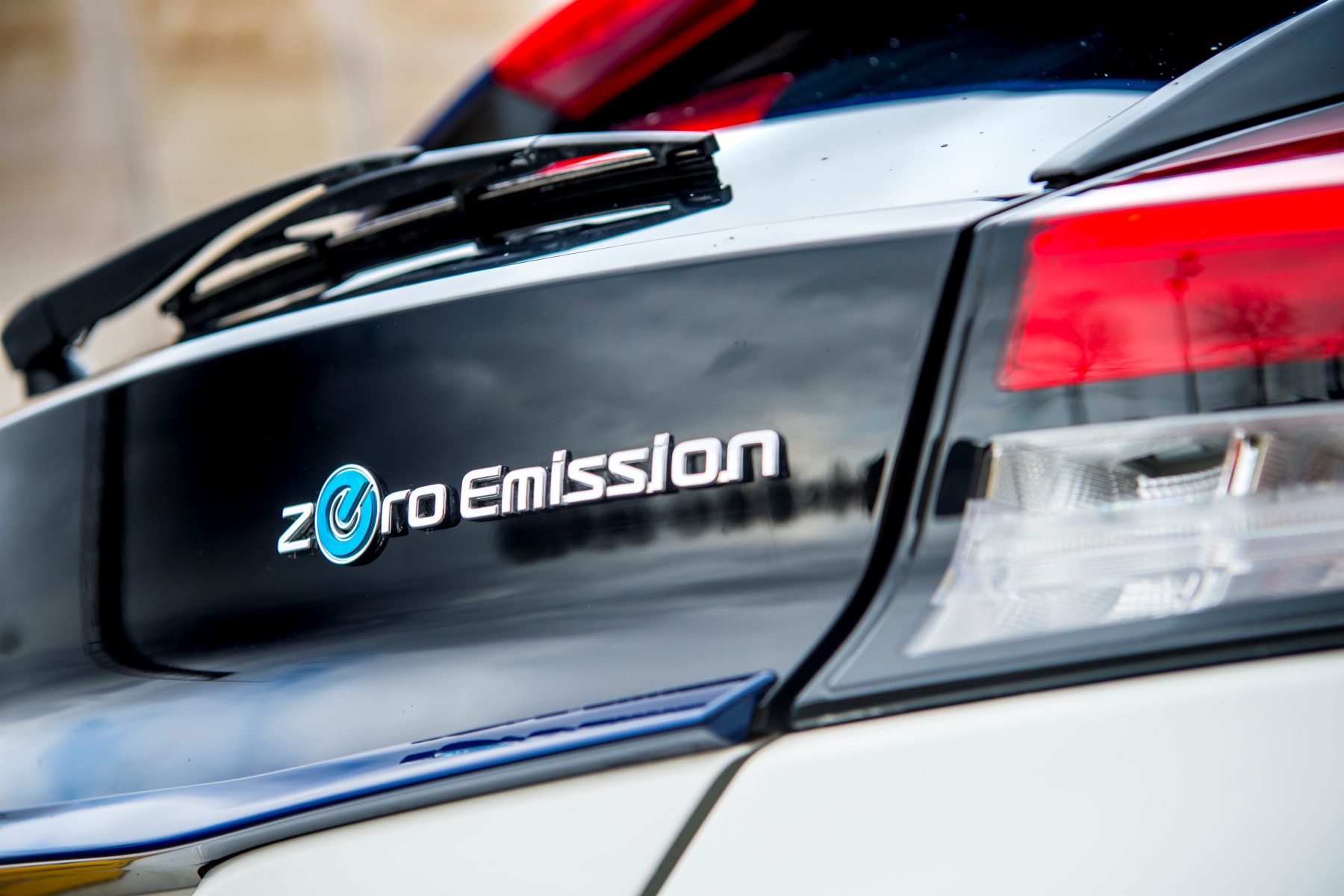
Propilot is a semi-autonomous driving aid that uses the adaptive speed control, the Lane drain system and the e-pedal regenerative brake system. By using regenerative braking up to the maximum effect, the e-pedal only enables driving to the accelerator pedal. The brake pedal is only required for urgent or emergency stops.
The prices range from 21,990 GBP VISA up to 27,490 GBP for the Tekna model. These prices take place according to the £ 4,500 government plug-in car subsidy.
First impressions
The new styling fits the leaf, although some say that the Civic of the new Honda doesn’t look different. The interior now feels much more up to date.
The infotainment screen is easy to use, although the resolution is below par. The menu options include an display of the main sources for the use of the main vehicles, which offers great fun on every trip when an attempt is made to maximize the reach. The quality of the plastics used on the doors and the fascia is a bit difficult. Oddly enough, the lack of front and eight-train settings on the steering wheel is a blatant omission.
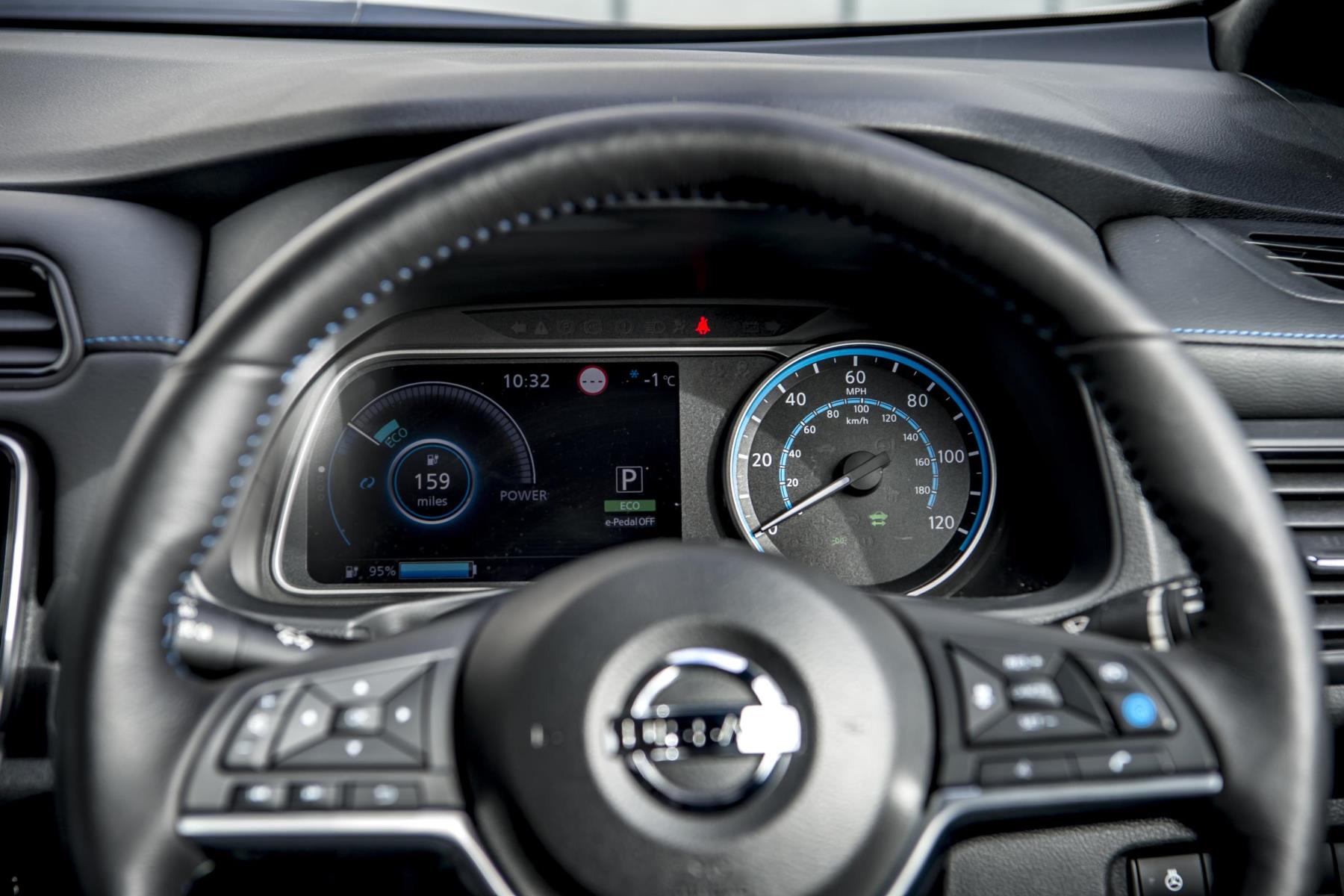
Passengers in the back get a lot of legroom, but since they sit above the battery, the headroom is affected. It is also a bit of a press to bring three adults over your back.
Since the battery does not take any space out of the trunk, it is very useful 435 liters (the e-golf only has 341 liters).
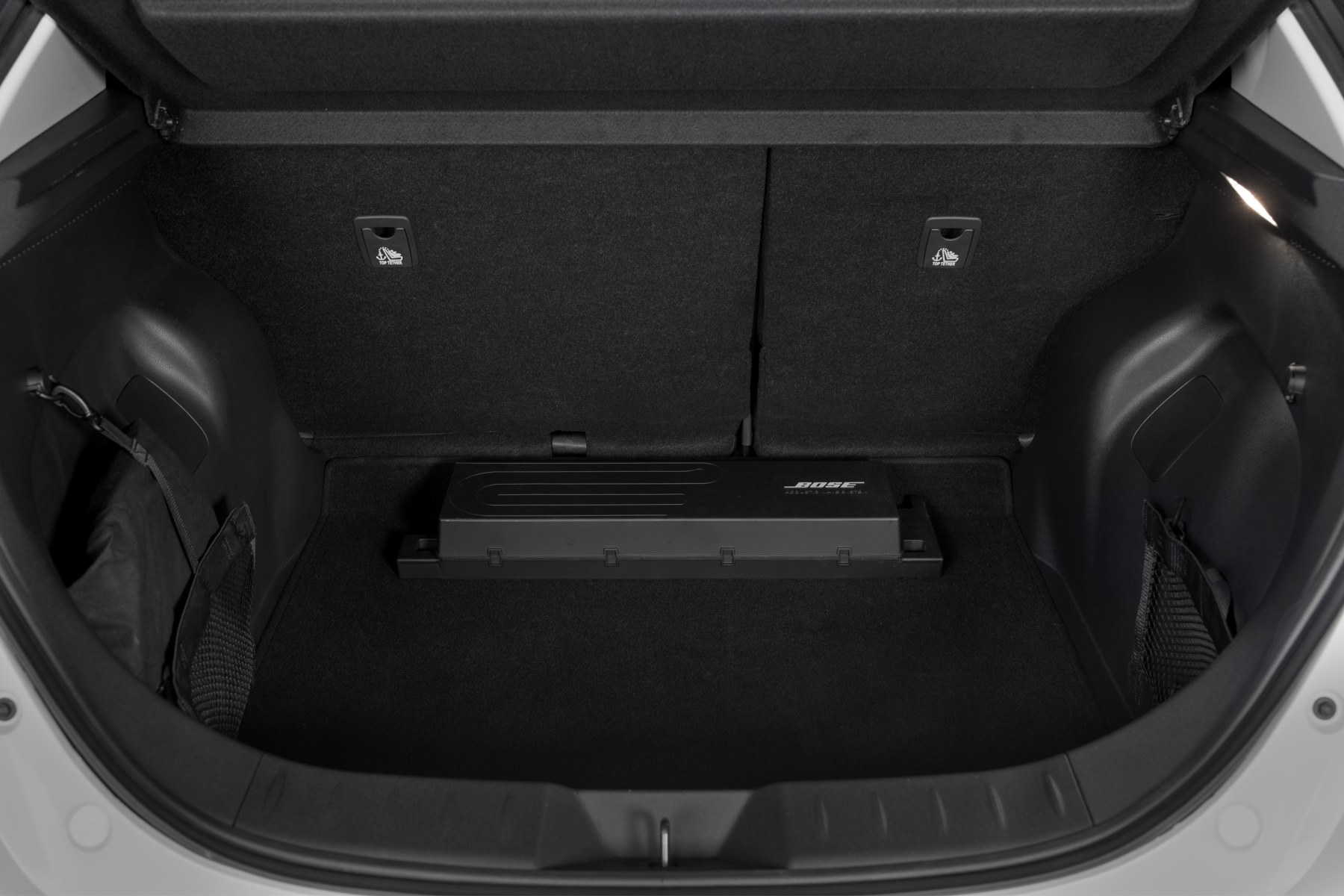
The only slightly strange anomaly is the significant penetration of the electronics of the Bose sound system into the Tekna model. A solid plastic box The size of two A4 box files blocks the smooth boot floor.
How does it drive?
Driving an electric car is still a novelty. Fast and quiet start is the agenda. Yes, the acceleration has the steam pretty quickly, but the nippiness is addictive in the world of the stop/start start of urban driving. In the sheet, this is enlarged by the excellent e-pedal system, which enables it to slow down to a stop without touching the brakes.
It doesn’t take long for driving to use the accelerator pedal. On the open street, it actually promotes a more smooth driving approach – not a bad thing – if you learn to expect traffic before and the time to avoid the brakes and thus maintain energy.

However, drive more spiritedly and you can drop the available area like a stone. At 70 miles per hour, every eight miles are driven by 10 miles and at 80 miles per hour this falls all six miles. At least the sheet on the highway is smooth and calm. The handling is pretty good, but obviously does not encourage the sporty driver. The firm journey is generally good, but can be fidgeting over the rough stuff.
I tried the propilot that generally works well, but is dependent on really clear white lines to work properly. It is not as impressive or well sorted as Volvo’s Pilot Assist System.
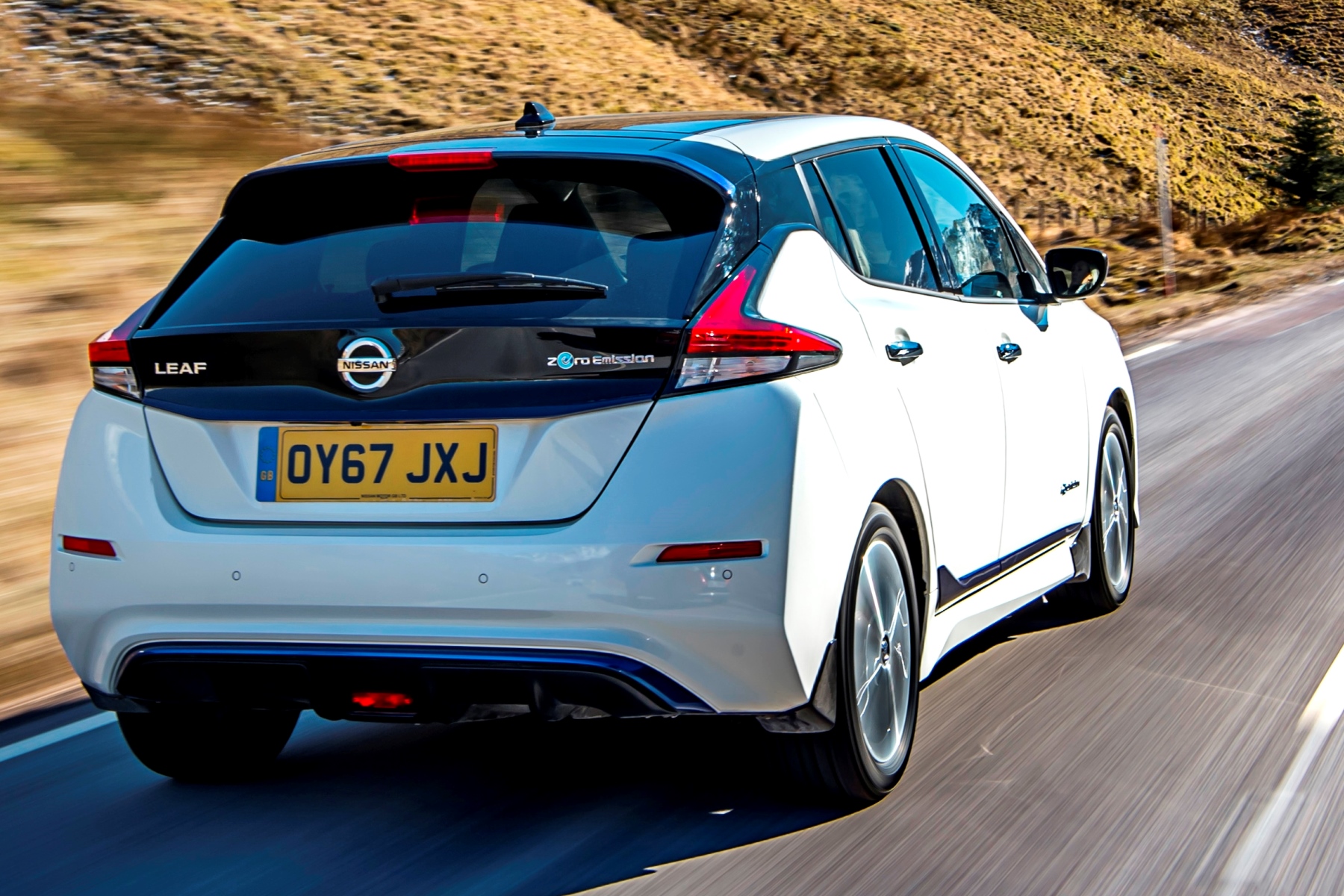
I also tried the optional propilot park worth £ 400, in which the car can be entered in a parallel space or a normal parking area without a driver. It worked well, but was pretty slow and understandably careful. I would expect several toot from impatient drivers if I tried it in a usually busy supermarket car park.
Verdict
The new sheet is a big improvement compared to the previous model. Nissan has best used the advanced driver aid technology and, which is even more important, enclosed a larger 40 kWh battery to increase the usable area. It is currently becoming the most convincing and inexpensive electric car.
Until the Real World Driving range of electric cars reaches up to 200 to 250 miles, the purchase will not fully hug you. However, it won’t be long. VW will shortly publish an e-golf with a 48 kW battery, and all major manufacturers develop electrical models that benefit from basic-up designs.
[ad_2]
